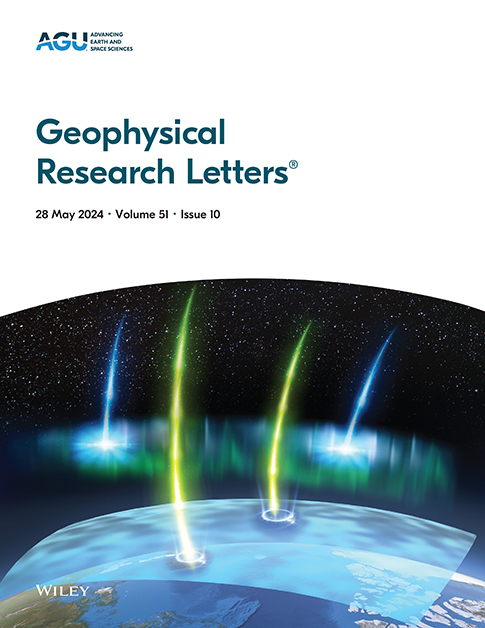在不同排放和气候路径下预测2060年中国未来臭氧量:来自极值理论的启示
IF 4.6
1区 地球科学
Q1 GEOSCIENCES, MULTIDISCIPLINARY
引用次数: 0
摘要
自2013年以来,尽管减少了排放,但中国的臭氧浓度一直在上升,但对未来事件频率的调查仍然很少。本文采用极值理论(EVT),综合了6种排放路径和4种气候情景,预测了到2060年中国臭氧事件的发生频率。在基线(污染最严重)情景下,到2060年,全国每年人口加权臭氧超标(国家标准82 ppb)达到65天,中国北方达到112天,其中气候变化推动了50%的增长。在1.5°C(最清洁)情景下,全国臭氧水平大幅降低,但中国北方每年仍有56次超过世卫组织中期目标2 (61 ppb)。在所有情景中,臭氧发作频率及其温度敏感性随着人为NOx排放的减少而持续下降,突出了NOx减排在抑制臭氧发作中的关键作用。本文章由计算机程序翻译,如有差异,请以英文原文为准。
Projecting Future Ozone Episodes in China by 2060 Under Diverse Emission and Climate Pathways: Insights From Extreme Value Theory
Ozone concentrations in China have been rising since 2013 despite emission reductions, yet future episode frequencies remain poorly investigated. In this study, we employ extreme value theory (EVT) to project ozone episode frequency in China by 2060, integrating six emission pathways and four climate scenarios. Under the baseline (most polluted) scenario, annual population‐weighted ozone exceedances (>82 ppb, national standard) reach 65 days nationally and 112 days in northern China by 2060, with climate change driving >50% of the increases. In the 1.5°C (cleanest) scenario, reduced emissions considerably lower ozone levels nationally, yet northern China still experiences 56 annual exceedances of the WHO Interim Target 2 (>61 ppb). Across all scenarios, ozone episode frequency and its temperature sensitivity continuously decline with anthropogenic NOx x
求助全文
通过发布文献求助,成功后即可免费获取论文全文。
去求助
来源期刊

Geophysical Research Letters
地学-地球科学综合
CiteScore
9.00
自引率
9.60%
发文量
1588
审稿时长
2.2 months
期刊介绍:
Geophysical Research Letters (GRL) publishes high-impact, innovative, and timely research on major scientific advances in all the major geoscience disciplines. Papers are communications-length articles and should have broad and immediate implications in their discipline or across the geosciences. GRLmaintains the fastest turn-around of all high-impact publications in the geosciences and works closely with authors to ensure broad visibility of top papers.
 求助内容:
求助内容: 应助结果提醒方式:
应助结果提醒方式:


